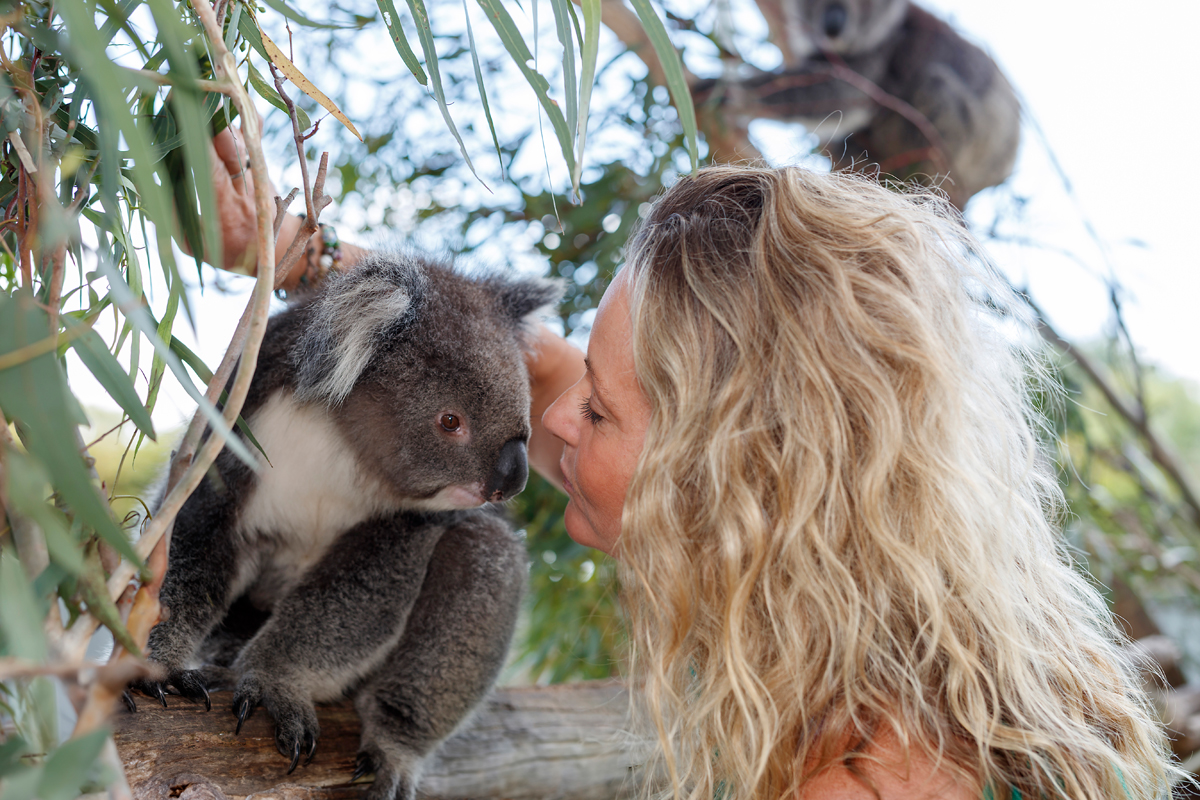
Sitting high on a hill in Dromana amongst the gumtrees overlooking the sea, ecologist Kelly Smith has a clear view of both the natural and built environments. This incongruous juxtaposition is something she thinks a lot about as she works to save Victorian koalas in an ever-expanding urban landscape. Habitat loss is the greatest threat to koalas and all indigenous species.
Kelly moved from Adelaide to Melbourne when she was ten.
She spent most of her childhood at the Gippsland Lakes. This special place was a game changer. She went from a typical suburban existence to shadowing park rangers around Barrier Landing (Gippsland Lakes Coastal Park), asking endless questions about the environment and everything in it.
A curious adventurer, Kelly was a natural-born scientist. She was forever rescuing animals and bringing them home. She even dissected creatures she found dead on the beach. A passionate environmentalist even as a child, she’d make posters advocating for environmental protection and put them up around town. Kelly has always worked with animals starting out as a veterinary nurse at 16.
Her love for koalas started in childhood when visiting Raymond Island where she took part in koala counting competitions. Ironically, she watched the koalas decimate the island as their population grew and their habitat shrank. Kelly spent lots of time exploring the Gippsland Lakes area with her Dad on their boat. Her parents were also keen campers so the family enjoyed plenty of time in nature.
Kelly went to secondary school in Melbourne, but even then, she was the environmental captain at her school. The Environmental Studies teacher, with Kelly and fellow pupils, transformed the football oval into a flora and fauna reserve with a lake. Kelly planted trees, tested the water and collected data. Even now, it’s still thriving.
At Central Queensland University Kelly studied Ecology and Conservation Biology. Later, she moved to Phillip Island and studied remotely through Federation University. When she wasn’t working, studying or surfing, she was volunteering to work with animals at local nature parks or zoos. She moved to the Peninsula six years ago.
For her third-year Bachelor of Science project, Kelly undertook a genetic study of the Mornington Peninsula koala population employing citizen scientists from Mornington Peninsula Koala Conservation to collect koala scats (poo) to ascertain their ancestry, sex and disease status. Kelly continued her genetic research of Mornington Peninsula koalas as an Honours project.
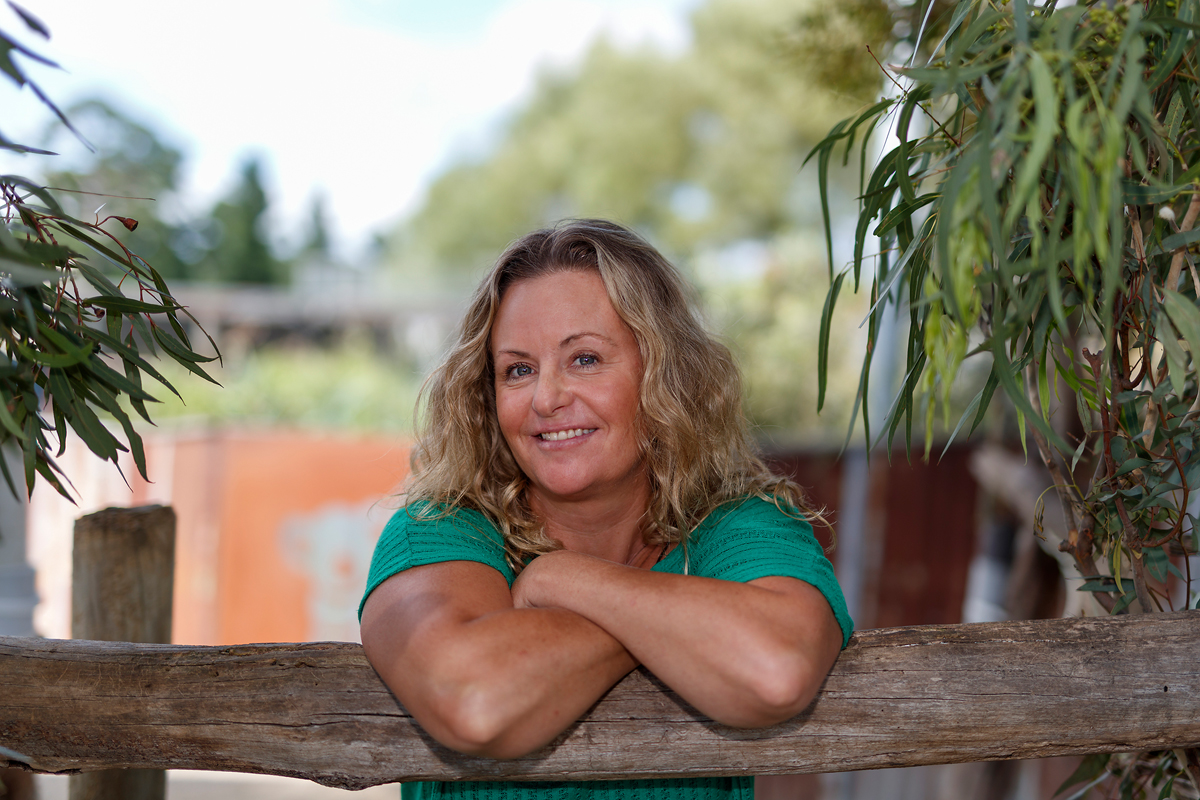
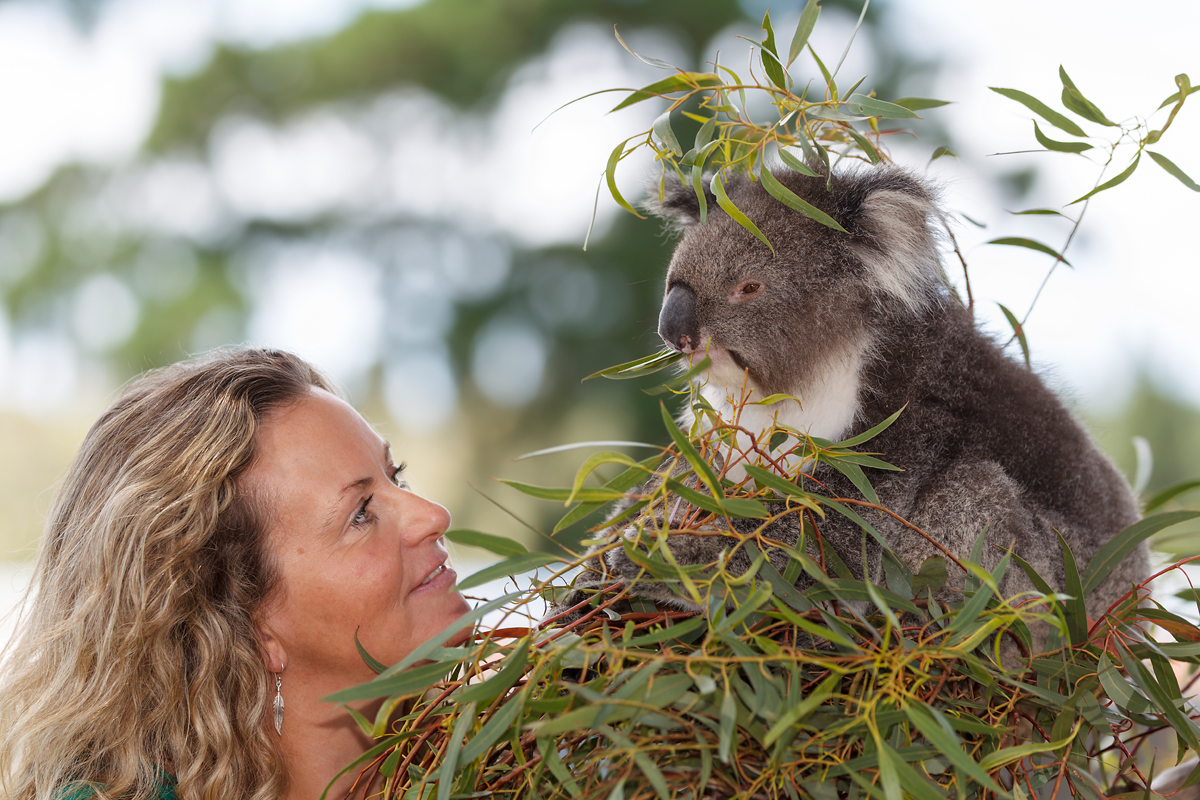
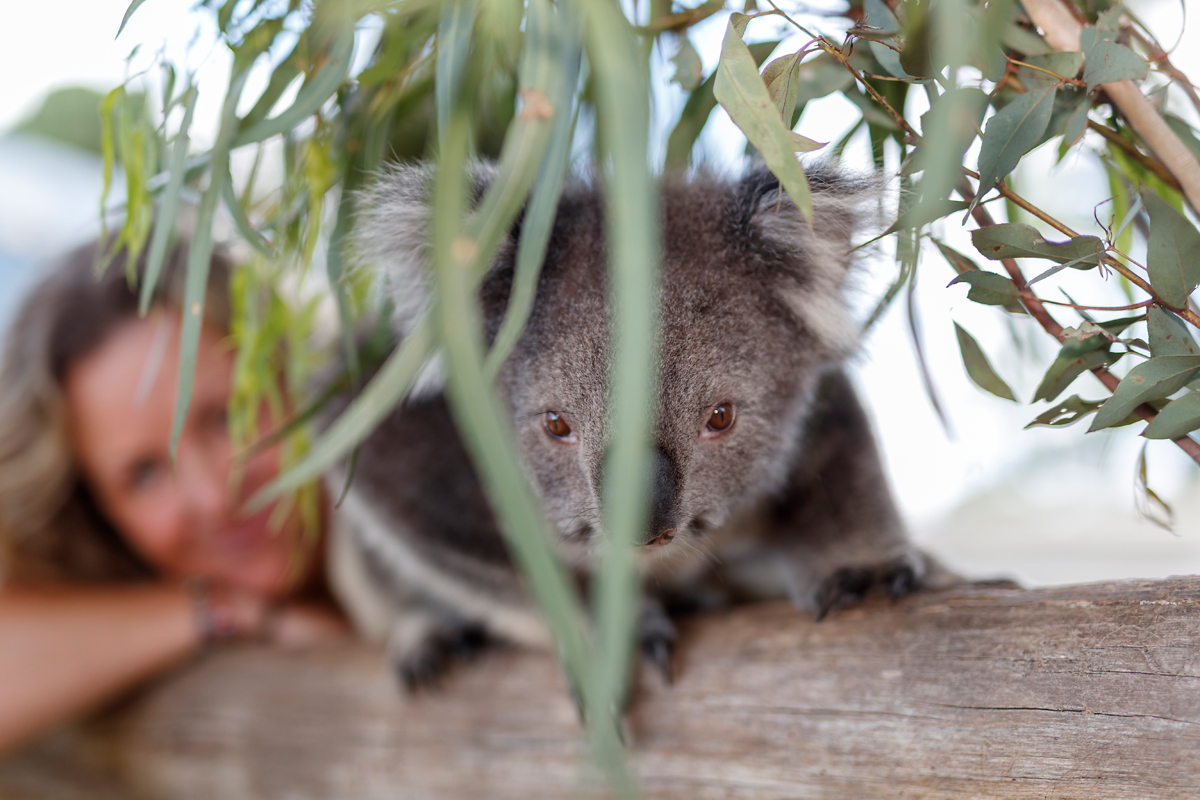
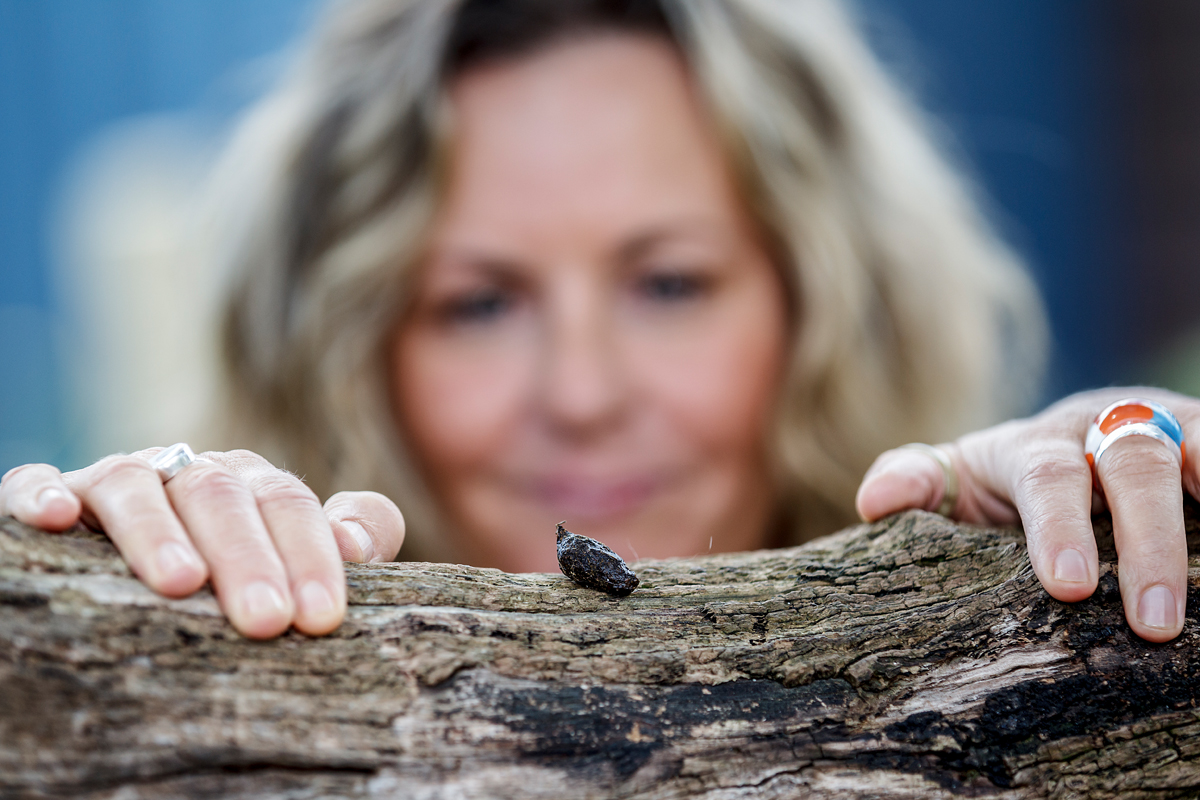
Pictures: Yanni
This research led to her fabulous discovery of the unique Strzelecki koalas in the Western Port Woodlands. The ancestors of these koalas survived the near extinction level hunting in the 1800s, and the breeding program on French and Phillip Islands in the 1900s that saw them translocated to other parts of Victoria and South Australia. It led to a different set of problems with inbreeding and birth defects. Genetic diversity in koala populations is key to their survival.
When Kelly’s research project uncovered koalas with the Strzelecki genome, they were celebrated!
This project was great preparation for her current role as Koala Awareness Program Officer at Western Port Biosphere. Kelly received a $20,000 grant from Melbourne Water to continue searching for more koalas in the Western Port Woodlands. Significantly, she found three more Strzelecki koalas proving these koalas extend from the Strzelecki Ranges as far down as the Woodlands.
Kelly sent her scat collection data to DEECA (Department of Energy, Environment and Climate Action) for The Great Victorian Koala Survey. That scat collection is extending into other parts of Victoria and could extend even farther. Meanwhile, Kelly is engrossed in the Western Port Biosphere Koala Habitat Restoration Project.
The habitat project extends from Tyabb around the bay to Bass, with a particular focus on the Western Port Woodlands where the Strzelecki koalas were found. These woodlands are an extremely important island refuge for wildlife. It provides vital remnant vegetation in Grantville, which is under imminent threat of being destroyed for housing development and sand mining.
Creating a bio-link and enhancing koala habitat through revegetation helps to increase the genetic diversity of the population. Partnering with Landcare and local land owners to maintain koala transit corridors (bio-links) is imperative to their survival and for the many other plants and animals that call the Western Port Woodlands home.
“Working with koalas is a dream come true. Ten years ago, I started working as a Parks Victoria ranger on French Island where I came to better understand the problems koalas face. I got very passionate about helping,” she says.
“I approached my supervisor, koala expert and molecular ecologist, Dr. Fiona Hogan to ask if she could supervise me on a koala conservation research project on the Peninsula for my degree. Dr. Hogan suggested scat research and I developed the project myself from there. I’m now part of the Federation University Koala Genetic Research Team leading the scat collection of koalas across Victoria,” Kelly adds.
Now, she’s busy applying for further grant money for the Western Port Biosphere. Funding is needed to buy trees, employ people in weed control and pay Kelly’s salary so she can continue her critical habitat restoration work.
Hopefully, the scat collection data and discovery of Strzelecki koalas will lead to their classification as a threatened species. Kelly will continue working with Western Port Biosphere, but also hopes to move into an ecological consultant role next. She’s eminently qualified.
